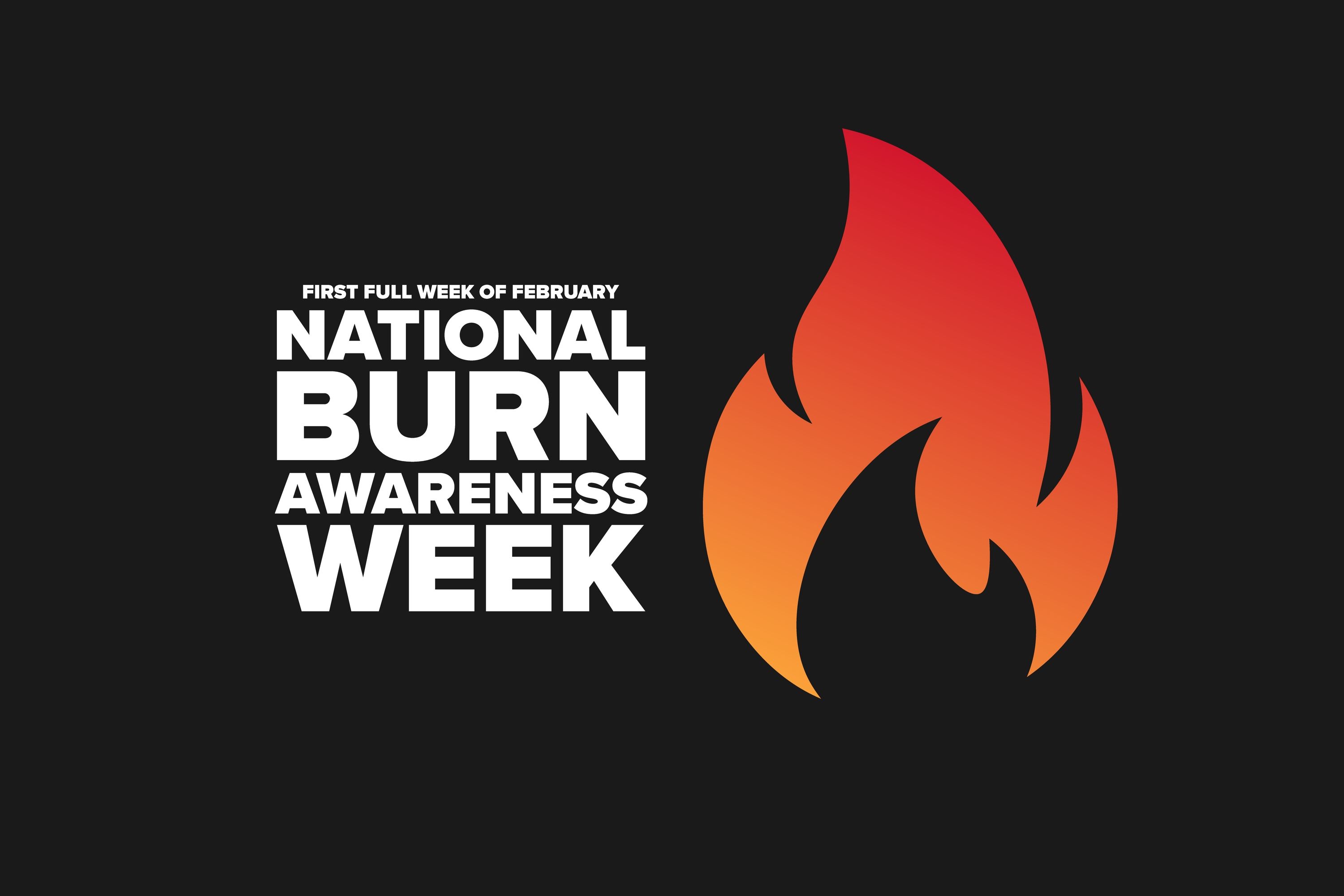Every year, the American Burn Association (ABA) sponsors National Burn Awareness Week to honor burn survivors and help fund organizations and centers that treat them, as well as to promote burn safety and prevention practices. This year, the week will focus on the theme of “Electrical Safety from Amps to Zap (A to Z)” from February 7th to 13th. If you want to get involved, the first thing to do for any issue is to polish up on it. Fortunately, Hoyt & Blewett PLLC’s burn injury attorneys are here to help you read up on the fundamentals of electrical burns.
Types of Electrical Burns
Electrical burns are classified as any burn that results from a person coming into direct contact with an electrical current. This may seem unlikely, but since you cannot necessarily see an electrical current, it is unfortunately very easy to overlook the risk of various everyday hazards.
There are six primary categories of electrical burns:
- Low-voltage burns: Mild burns from coming into contact with up to 500 volts of electricity. They usually only affect the outer layer of skin.
- High-voltage burns: Severe burns from a high-voltage power supply. These often cause substantial internal damage.
- Oral burns: Burns in the mouth from chewing on wires. These can easily cause disfigurement.
- Arc burns: Severe burns suffered as a result of electricity ionizing air particles, meaning neutral atoms are converted into electrically charged atoms. Arc burns mainly affect large areas of the outer layer of skin, and the pressure of this chemical process can throw a person from where they stand.
- Flash burns: Burns sustained when an electrical arc passes over the body, therefore damaging the outer layer of skin.
- Flame burns: Any burn sustained when an object ignites as a result of an uncontrolled electrical current.
As you can see, each of these burns affects the injured person’s body in a different way, with some causing significant damage to the outer layer of skin and others to internal tissues and organs. No matter what type of moderate to severe electrical burn it was that you or someone you know sustained, it is vital to contact emergency medical services immediately. Do not wait for electrical burns to clear up on their own, especially since many of them do the majority of their damage internally.
Preventing Electrical Burns
Fortunately, you can greatly reduce your risk of suffering an electrical burn by following these tips:
- Do not handle cords and wires, or any electrical appliances, with wet or damp hands.
- Never pull the cord to unplug an electrical device; always pull the plug.
- Never flip a circuit breaker switch like a light switch. It could easily damage the breaker and lead to electrocution.
- Do not use a cord with exposed or frayed wiring.
- Stay inside during lightning storms.
- Never use electrical appliances or devices near water.
- Do not stick metal utensils/objects into power outlets.
- Unplug devices when not in use.
- Cover unused power outlets with safety covers.
First Aid for Electrical Shock
If someone you know experiences electrical shock or another type of electrical burn, call emergency medical services as a top priority. Make sure to assess the situation before taking any action, as you do not want to be similarly injured.
As you wait for emergency medical technicians (EMTs) to arrive, try to determine whether the following actions should be taken:
- Turn off the power supply: Make sure that you can shut it off safely. If you find that you can only push it away, only do so with a nonconductive object (e.g. dry wood, plastic, or cardboard). Do not approach a high-voltage power supply or attempt to move it. Stay as far away as possible. For example, you should stay at least 35 feet away from a downed power line — the farther, the better.
- Move the injured person if they are in immediate danger: If you must move the injured person, ensure that they are not in contact with the power supply. They are likely to conduct the current of electricity into your body, injuring you. (Please note: If they are not in immediate danger, do not move them unnecessarily.)
- Check for a pulse: If there is no pulse, perform CPR until EMTs arrive.
- Cover up any surface wounds, if possible: If the electrical burn resulted in any open wounds, cover them up with sterile gauze bandages or a clean cloth, if available. Do not use a spare towel or blanket to cover them; the fibers will stick to the wound and make it more difficult to treat.
Taking Action
Now that you know the fundamentals of electrical burn injuries, how to prevent them, and first aid tips for emergency situations, it is encouraged that you share your knowledge to keep others safe. You can do so by posting about it on social media, starting an email campaign, or arranging a panel discussion. There is no better time for this than National Burn Awareness Week.
To support the cause further, donate to charity organizations that support burn survivors, such as burn centers, burn survivor support groups, burn foundations, etc. If you do not have the funds to donate, there are other helpful ways to support the cause, such as by putting on fundraising events and donating the proceeds to charity. Movie nights, runs, galas, auctions, and trivia nights are all popular fundraising events that can be easily adapted to a virtual platform in light of the COVID-19 pandemic.
You can also donate your time by volunteering at burn centers or foundations. The ABA has a handy tool to help you find a burn center near you. Visit the ABA “Find a Burn Center” page here.
About Hoyt & Blewett PLLC
A Montana personal injury law firm, Hoyt & Blewett PLLC has achieved several of the state’s top verdicts on behalf of our clients. Our personal injury attorneys have successfully advocated for burn survivors injured in accidents involving oil rigs, vehicle crashes, defective products, and more. If you have been injured by another’s negligence, our team of personal injury attorneys can discuss your legal options in a free consultation.
Contact Hoyt & Blewett PLLC online today. We accept cases in Great Falls and throughout the state of Montana.


